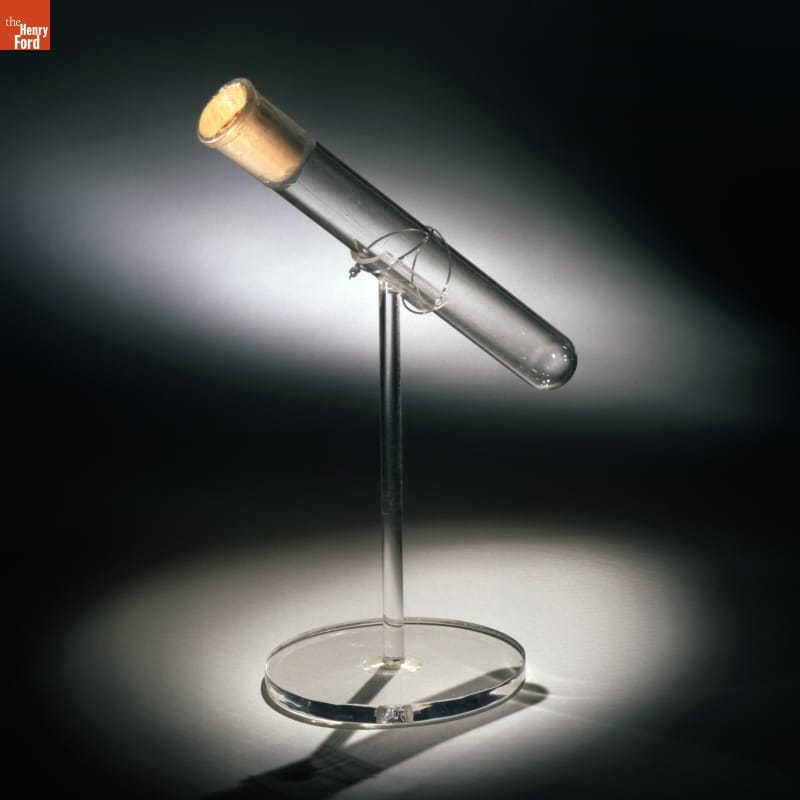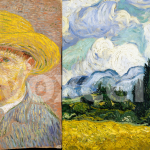Born on February 11, 1847, in Milan, Ohio, United States, Thomas Alva Edison was an American inventor and businessman. In 1877, at the age of 30, Edison invented the phonograph, an invention that was so magical that it made the public recognise him as “The Wizard of Menlo Park.”
In 1878, Edison began working on a commercially viable incandescent lightbulb that would be both long-lasting and highly efficient by not drawing too much energy. Thomas Edison’s perseverance helped him to sail through. He failed over 10,000 times trying to invent a commercially viable electric bulb. When he was interviewed about his numerous failures, Edison said
“I have not failed 10,000 times. I have not failed once. I have succeeded in proving that those 10,000 ways will not work. When I have eliminated the ways that will not work, I will find the way that will work.”
Edison registered 1,093 patents under his name in his lifetime. His works in several fields created the basis for many of the technologies we enjoy today and take for granted. His mother, Nancy Matthews Elliott, a schoolteacher, taught him great skills such as reading, writing, and arithmetics. He attended school for only a few months.
At the age of 12, Edison developed hearing problems. It turned out that scarlet fever during childhood and recurring untreated middle-ear infections were the reasons for his deafness. Unlike many others who would call it the end of their lives, he didn’t let it hold him back.
As he got older, Edison believed his hearing loss allowed him to avoid distraction and concentrate more easily on his work. Edison’s early life was full of struggles, as he sold candy, newspapers, and vegetables on the trains running from Port Huron to Detroit.
By age 13, he was earning a $50 weekly profit, most of which went to buying equipment for electric and chemical experiments. He became a telegraph operator after he saved three-year-old Jimmie MacKenzie from being struck by a runaway train.
Edison had a huge impact on society, holding 1,093 patents in the United States at the time of his death. He had accumulated total number of 2332, out of which 1239 were outside the US.
His work in several fields created the basis for many of the technologies we enjoy today and take for granted. Despite the numerous setbacks in his career and life, he never called it quits and kept pushing through.
Click here to read the list of his patents.
The main competition started when the invention of alternating current came into the picture. The war between Edison and Tesla regarding the efficiency of their invented currents was also named “the war of currents’.
Some of Edison’s other inventions and projects were Fluoroscopy, tasimeter, telegraph improvements, rechargeable batteries, etc. October 18, 1931, in his home, “Glenmont” in Llewellyn Park in West Orange, New Jersey, which he had purchased in 1886 as a wedding gift for his second wife, Mina Miller, Thomas Edison bade goodbye to the world, leaving his legacy for the time immemorial. He was buried behind the home.
Did you know?
Edison’s last breath is reportedly contained in a test tube at The Henry Ford Museum near Detroit. Ford reportedly convinced Charles Edison to seal a test air tube in the inventor’s room shortly after his death as a memento. Nonetheless, a plaster death mask and casts of Edison’s hands were also made.

To read more of such motivational content, click here.
Voxcel aims to impart not only world-class IELTS coaching but also we look forward to develop the overall personality of our students.




